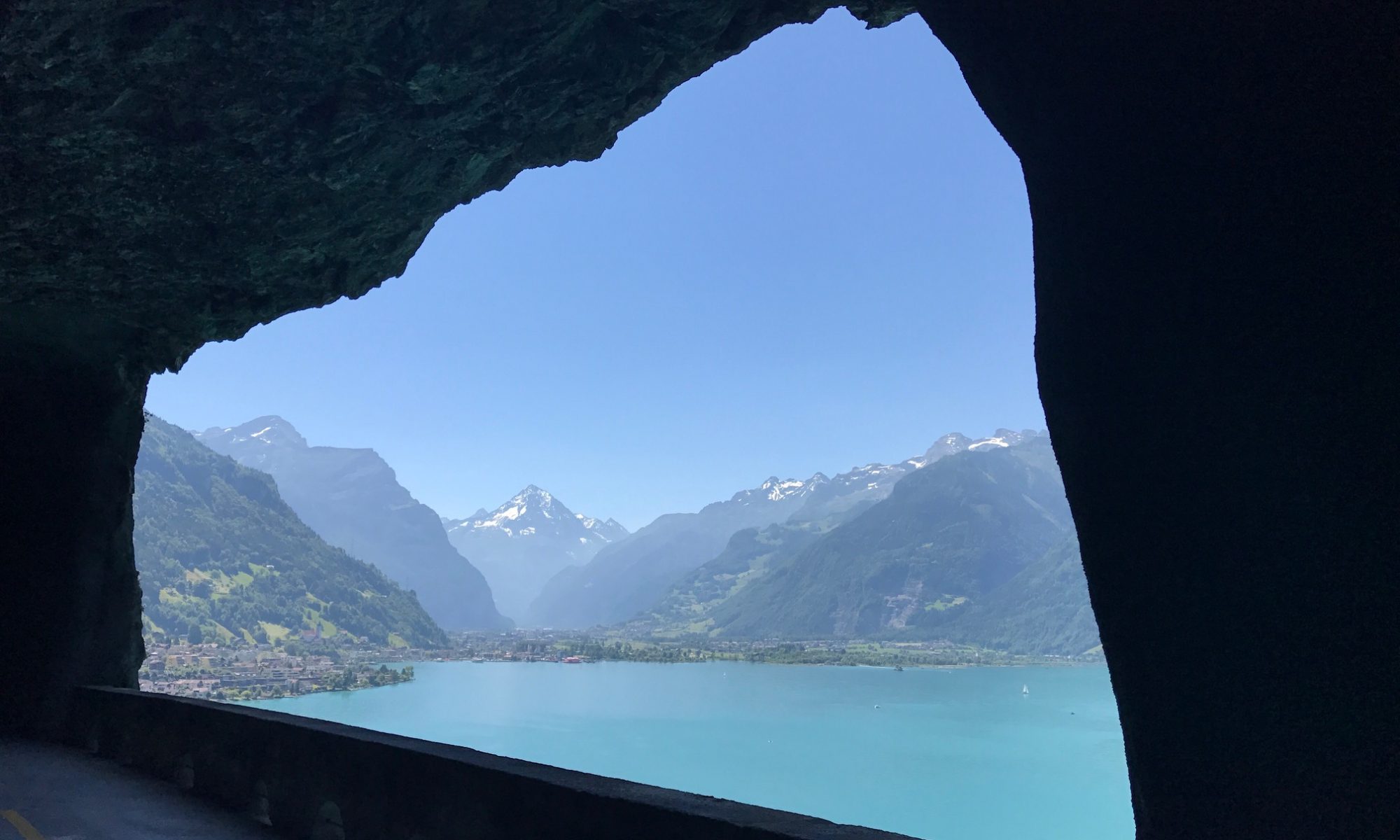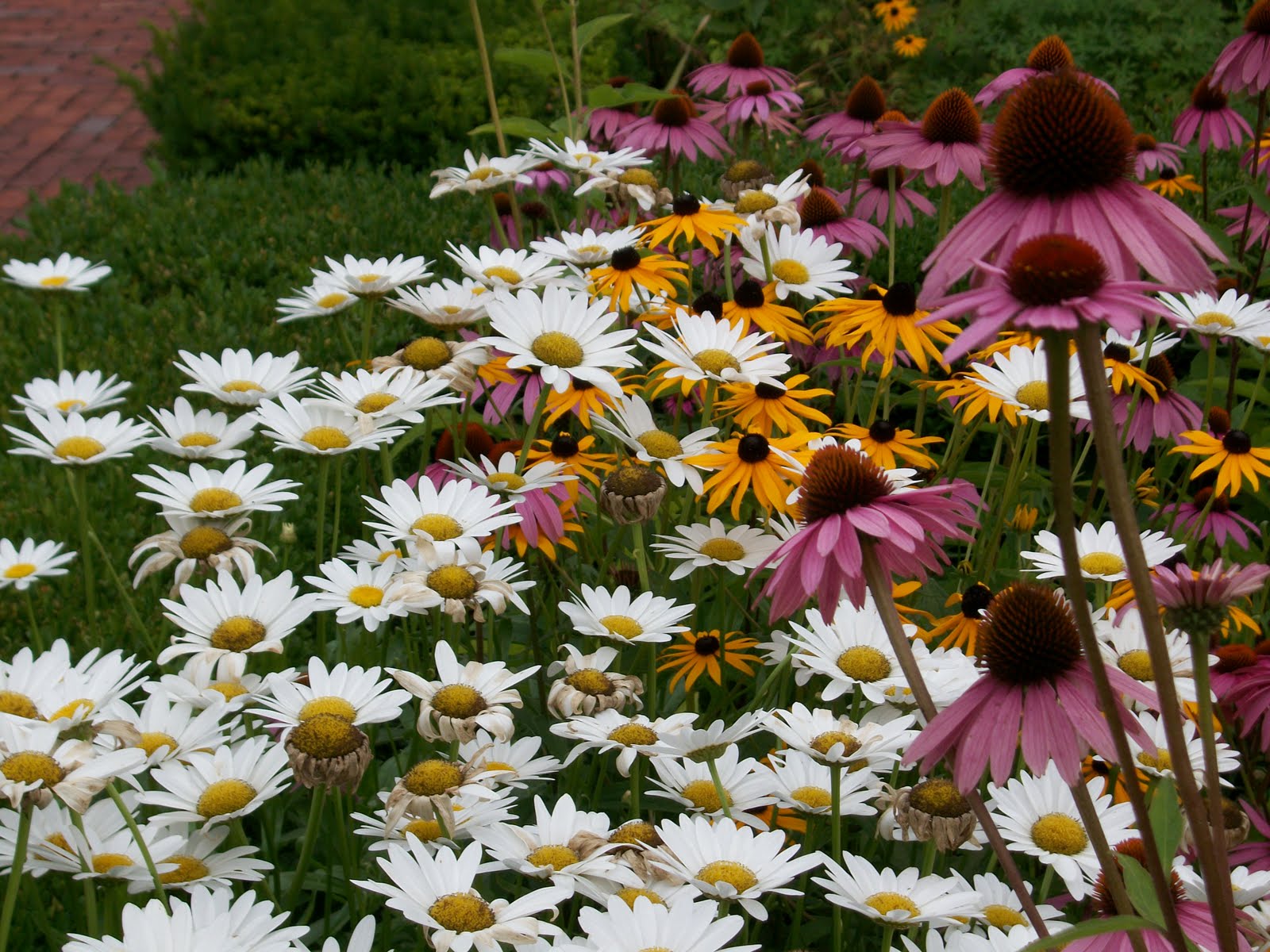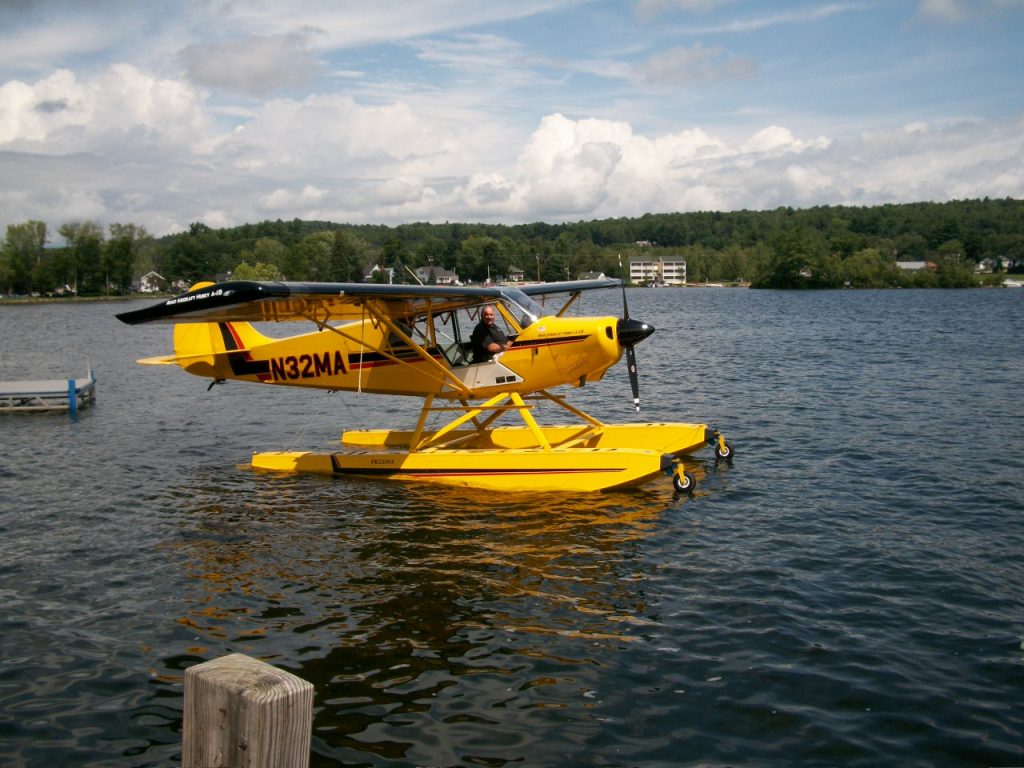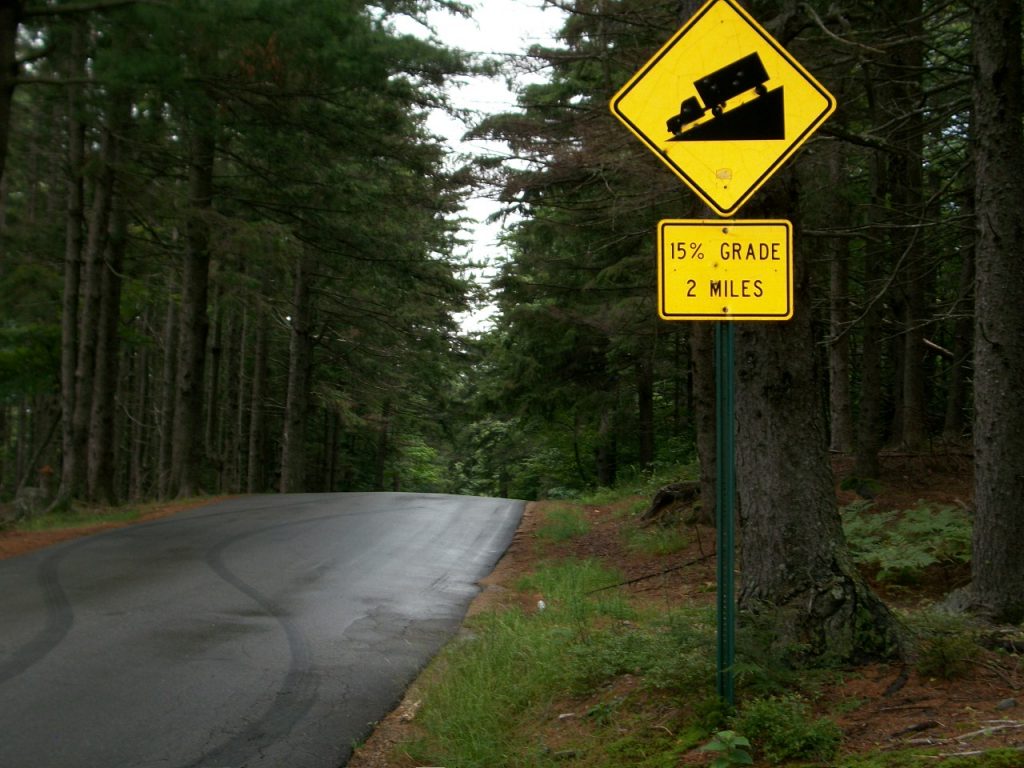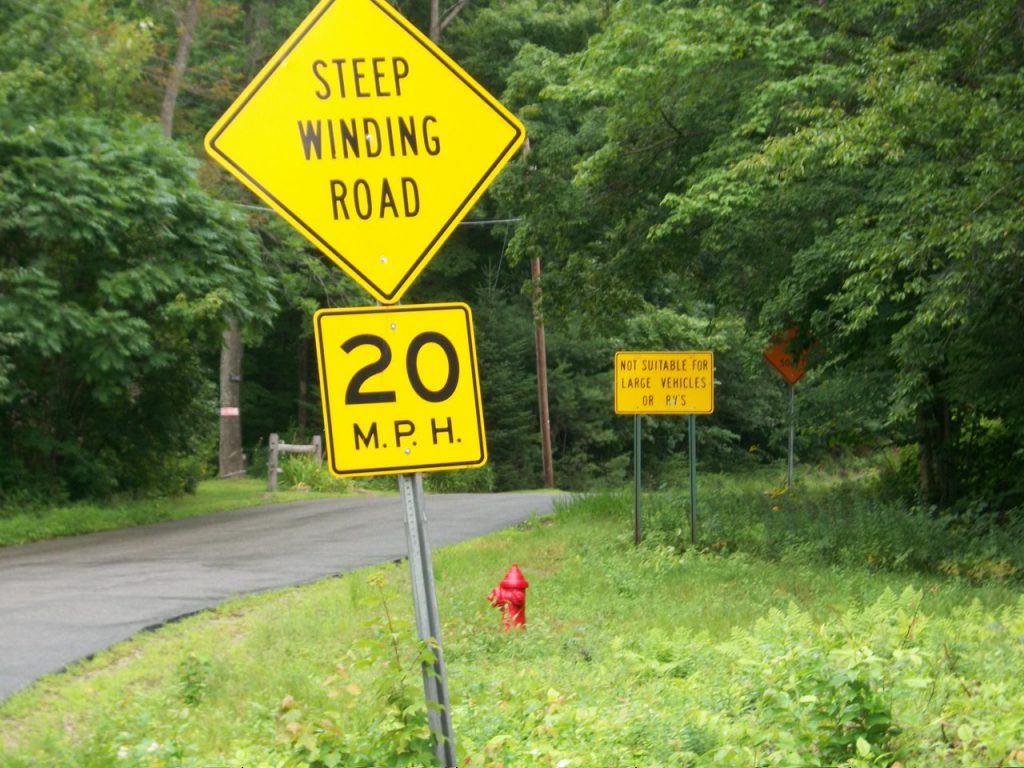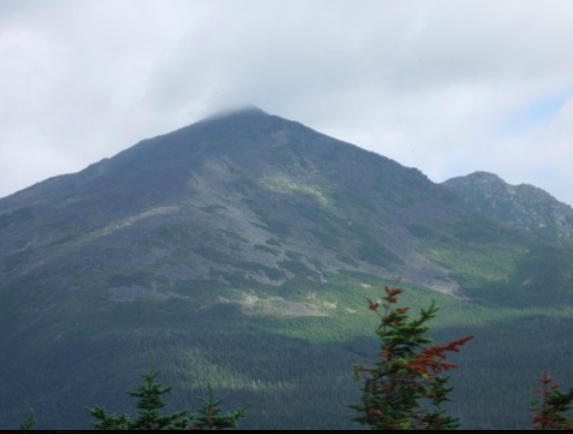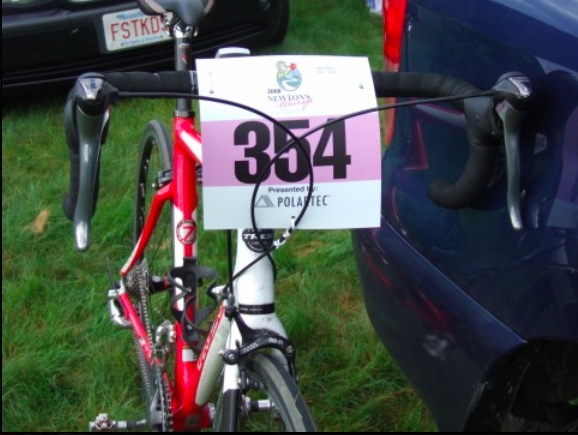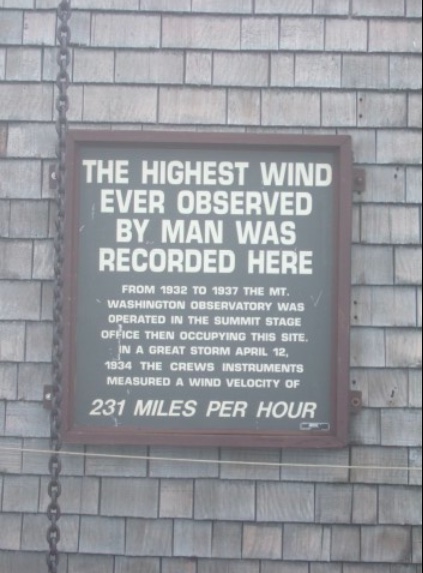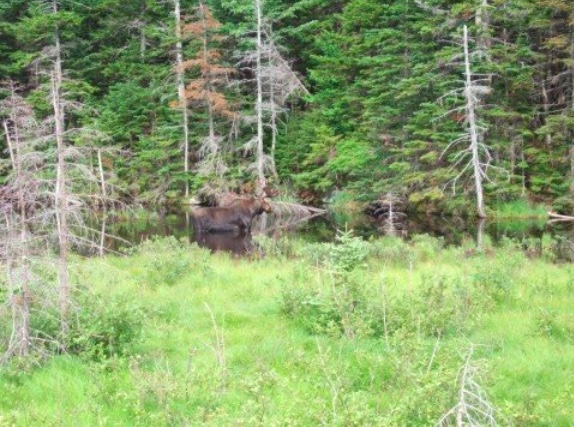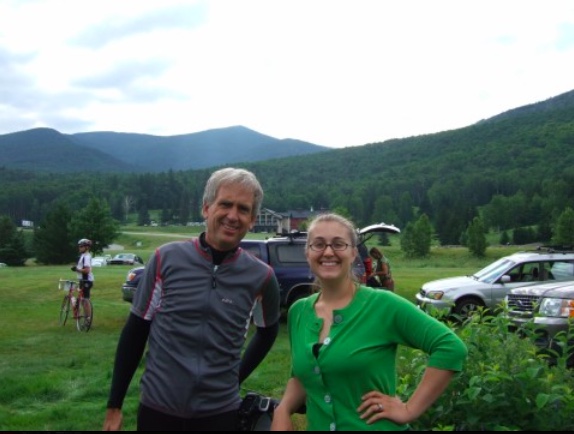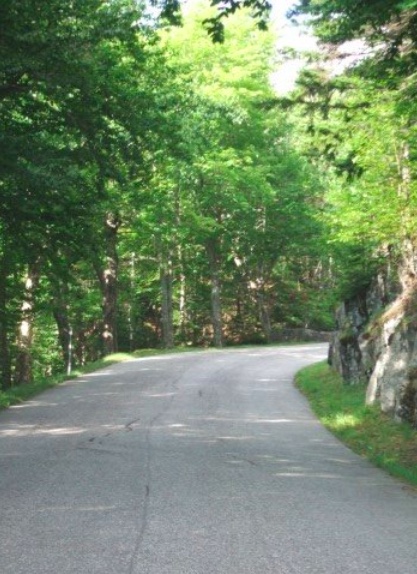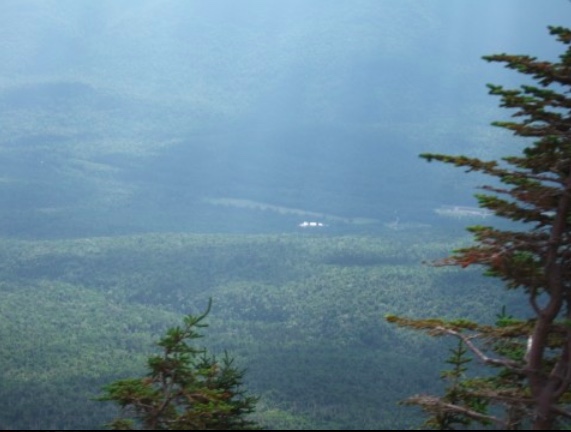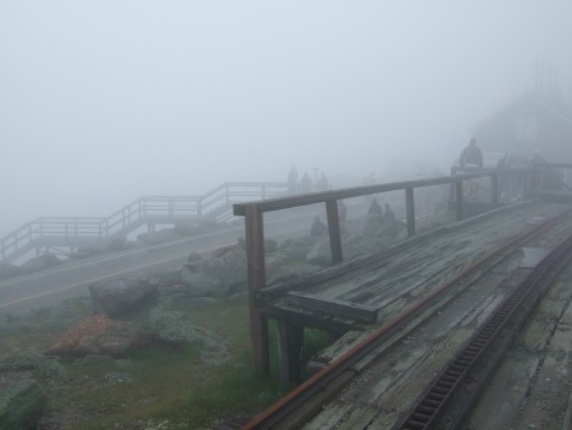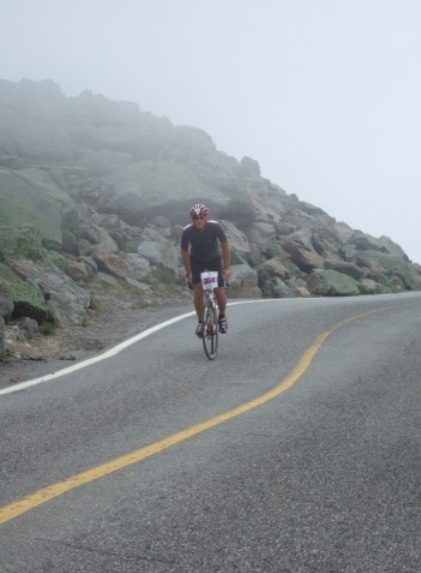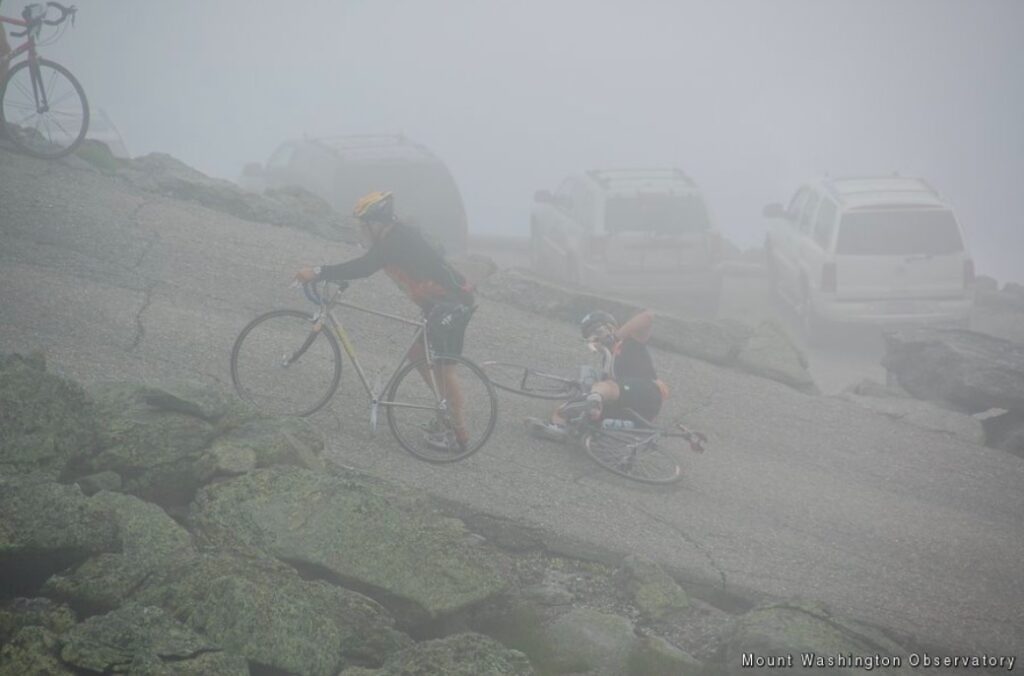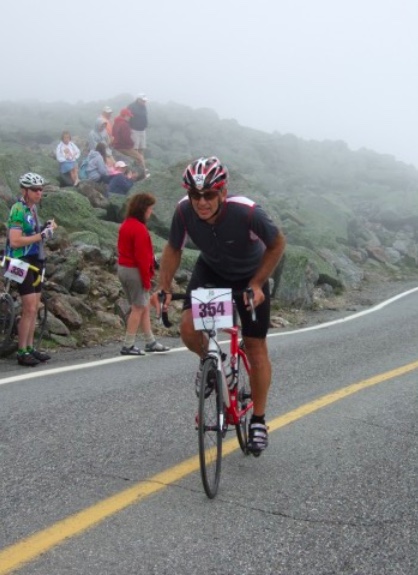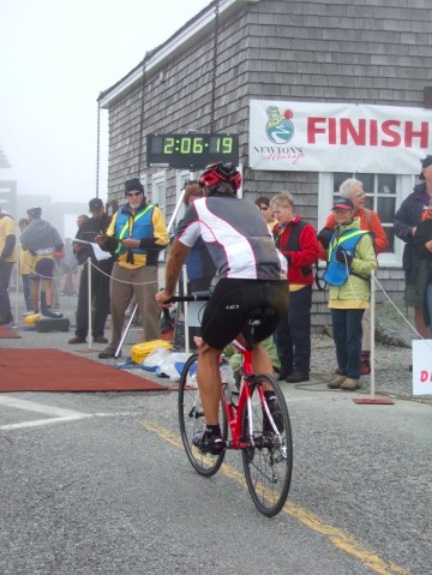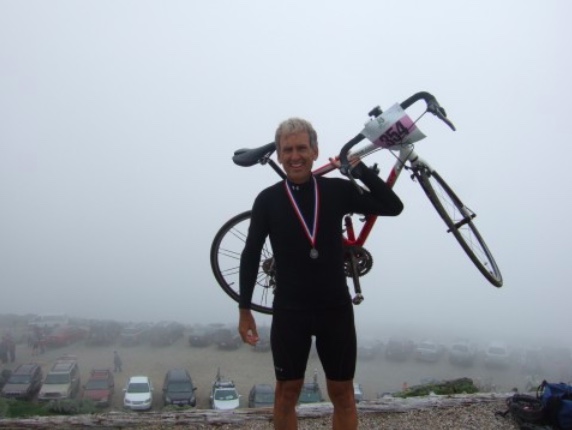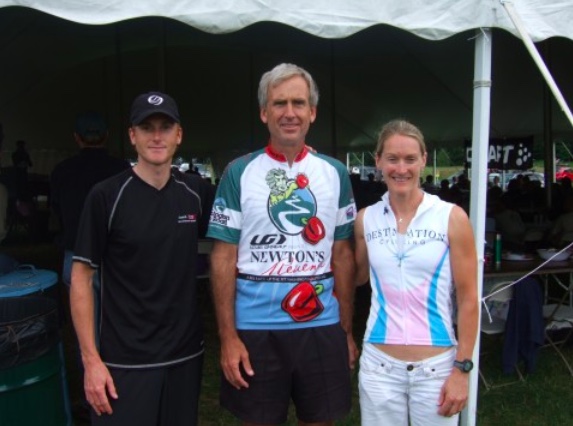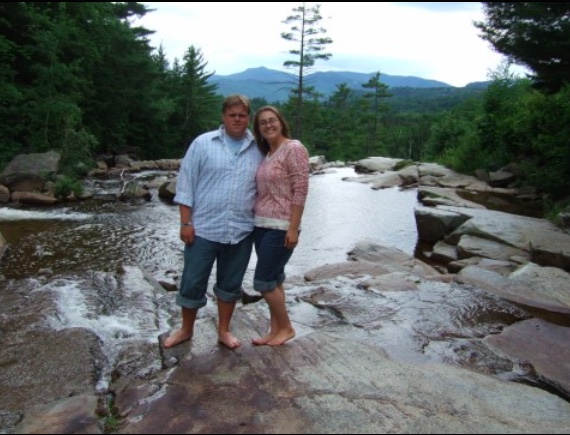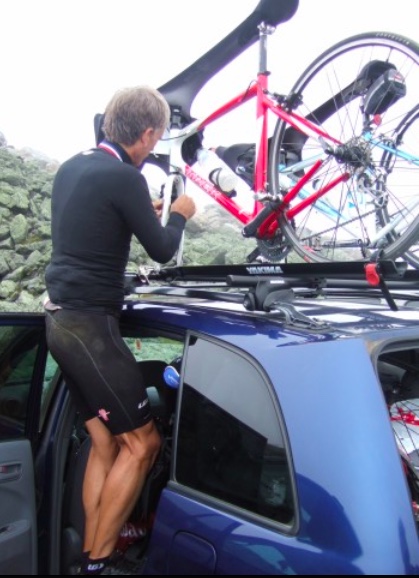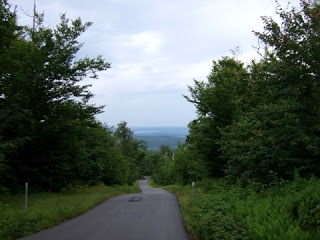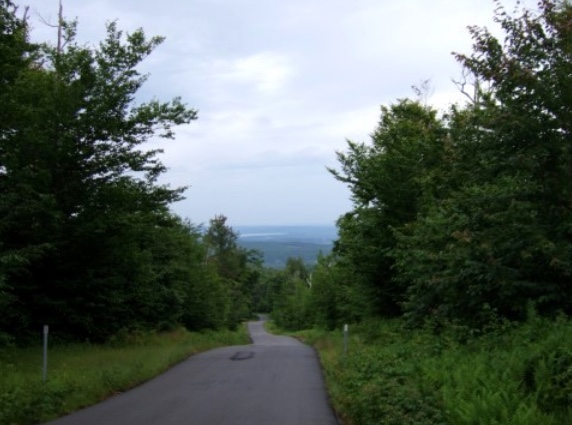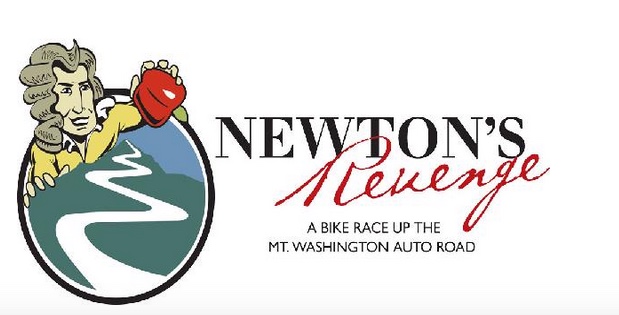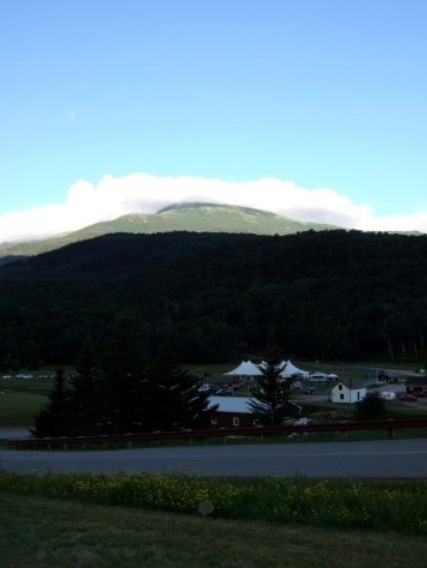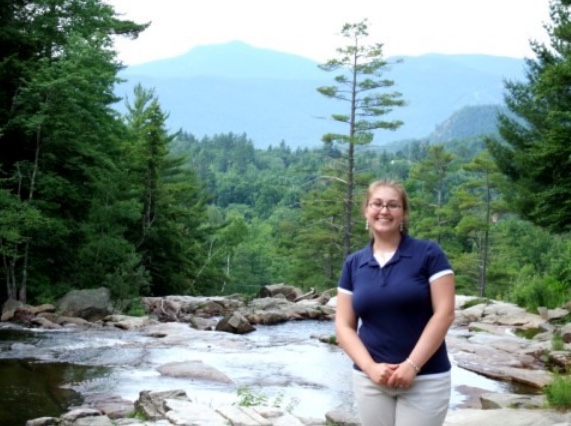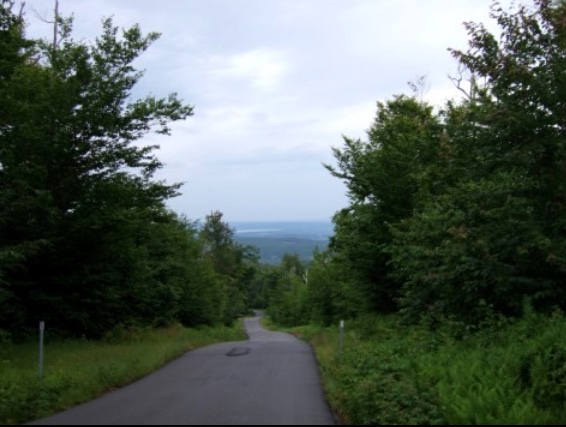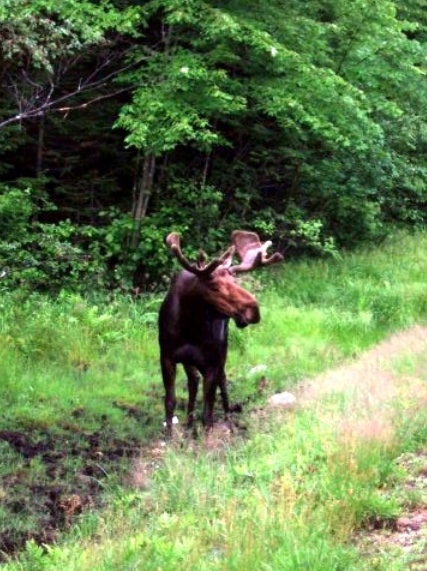
Just standing on Mount Washington’s slopes in New Hampshire, which may be the toughest climb on earth, generates a sense of excitement and a bit of fear as you anticipate its difficulties. — The Complete Guide to Climbing (by bike), John Summerson
PINKHAM NOTCH, NEW HAMPSHIRE
This is a day that I thought would never come. Ever since I competed in Newton’s Revenge in 2008 I knew that I would be back. In fact, I planned to be back for Newton’s Revenge, the July race, in 2009.
But in May I broke my wrist in a crash and shortly thereafter got sick. I emailed Mary Power, the events director at the Mount Washington Auto Road to tell her I was still coming in July and she graciously offered a place in the August climb. I never envisioned that or I wouldn’t have contacted her. I wasn’t asking for a favor.
The illness continued and ultimately I was diagnosed with cancer. I pulled out of the August race but as the testing and diagnosis continued I made a deal with my doctor that I could ride no matter what. A few weeks would not make a difference in treatment. It would have to be delayed. And so the race was on.
It’s funny how cancer changes things. Last year my goals were simple:
- Finish
- Try not to be last
- Don’t walk but that’s OK if I finish
But now I had performance numbers. So three months ago my goals were simple:
- Beat last year’s time by 15-20 minutes
But then cancer came. And this year my goals were simple:
- Finish
- Try not to be last
- Don’t walk but that’s OK if I finish
Actually, my new goal was even simpler:
- Finish
Cancer will not win. I will.
What was to be a test to see if I could improve upon last year’s time simply became a new outlook on the race. I’m glad to be alive and glad to be here.
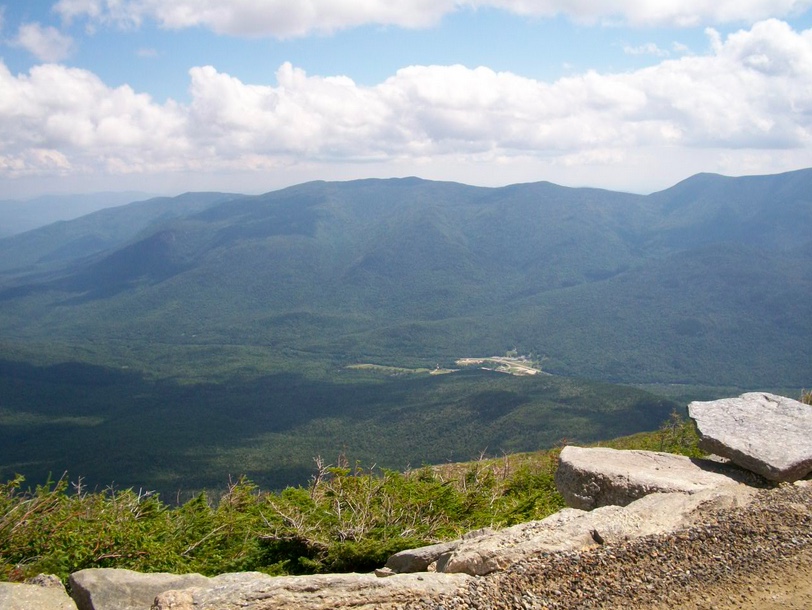
“A few months ago, when I told a friend who once ran to the top of Mount Washington that I planned to enter the cycling race, he offered some advice. You will look for the top of the hill, he said. It is natural. It is human. But it will kill you. Don’t look up, he warned, because the top won’t come.” — Outside.online, Sept 2004
This was much different than my last two years. In 2007 (07/07/07) my daughter, Ashley, and I came to these mountains. We were grounded for two days due to severe weather at the summit and the race was canceled. But we had a great time here. Last year Ashley and her husband, Bryan, were waiting for me at the summit. That gave me special incentive to finish.
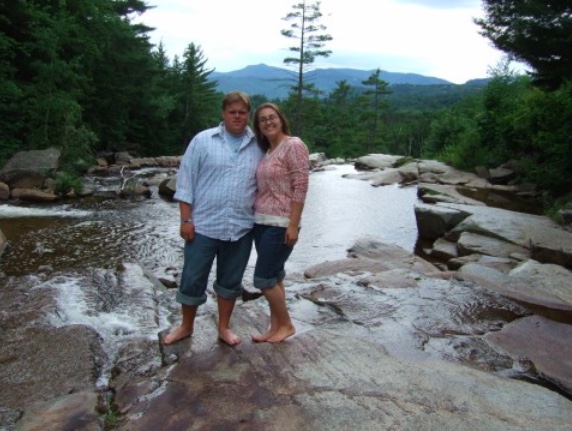
This year I came to the mountain alone. There is peace here in the White Mountains. Ashley and I experienced it a couple of years ago just wading in the cold waters of the Ellis River. It was time I needed to get away from visiting doctors and spending hours online researching the best course of treatment for my cancer. I needed peace and I found it riding in the mountains and, yes, wading in the river again.
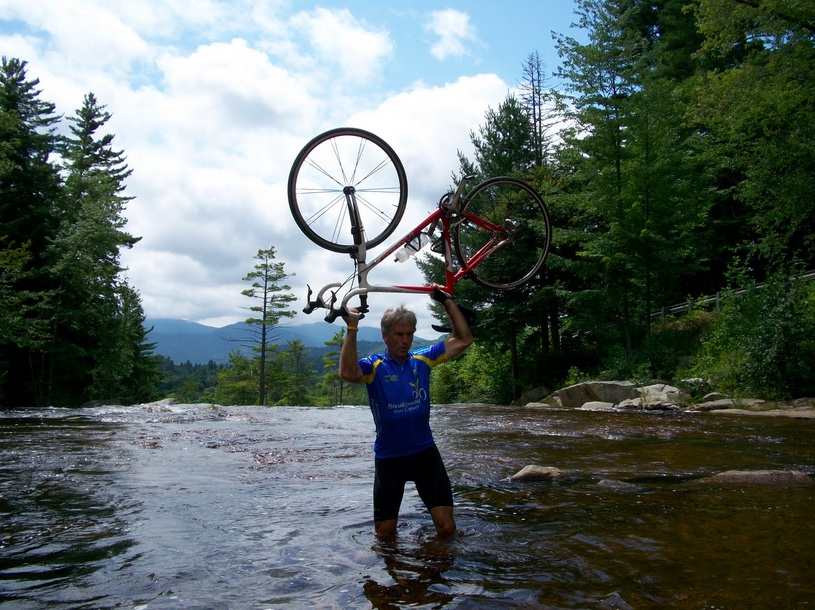
There aren’t many words harder to hear than “you’ve got cancer.” Your world just stops and one must find a way to get it going and back on track. I knew my fitness level couldn’t be where I wanted it to be. I actually had an e.Coli infection, possibly for months, leading up to the cancer diagnosis.
My time up the mountain no longer mattered. Just being here was a victory.
I came a few days early just to spend time in the mountains. On Wednesday I hoped to ride a 65-mile loop around the circumference of Mount Washington. Imagine that. Using the roads around Mount Washington, including some dirt roads, it still takes 65 miles to drive around its base. Instead, the weather prevented that and I rode Hurricane Mountain Road instead.
On Thursday I rode out to the Auto Road which was going to be part of my planned 65-mile ride. I met Mary Power and her new assistant, Kelly Evans. Kelly is from Beaver, Pa., near Pittsburgh, which is right across the river from where I went to high school.
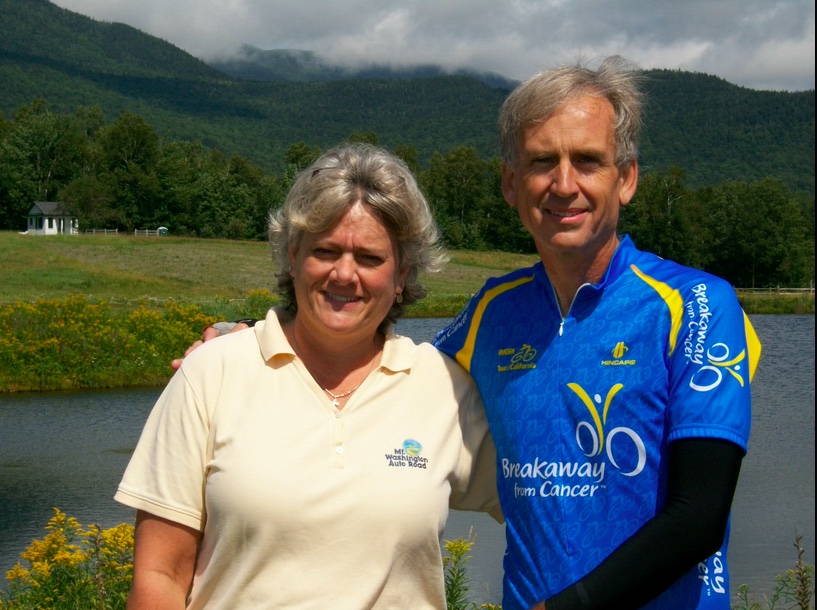
It is not the longest climb, the steepest climb, nor the climb with the greatest elevation gain. It is simply the climb that is the steepest for the longest distance. Couple this with above timberline scenery that is unworldly and weather that is unpredictable and you begin to understand Mount Washington’s attraction to cyclist climbers. — New York Cycle Club, 2003
When I checked-in yesterday I met two young men from Seattle, Tommy Jerome and Ryan Burke. Tommy came to ride the mountain and Ryan came as his driver. As we talked over our pasta dinner in a tent, we decided to team up. Ryan would drive up the mountain as our driver and Tommy and I would be the cyclists which would get us up the mountain toll-free. Neither of them had been here before and appreciated any advice, even if it was wrong, that I could give them.
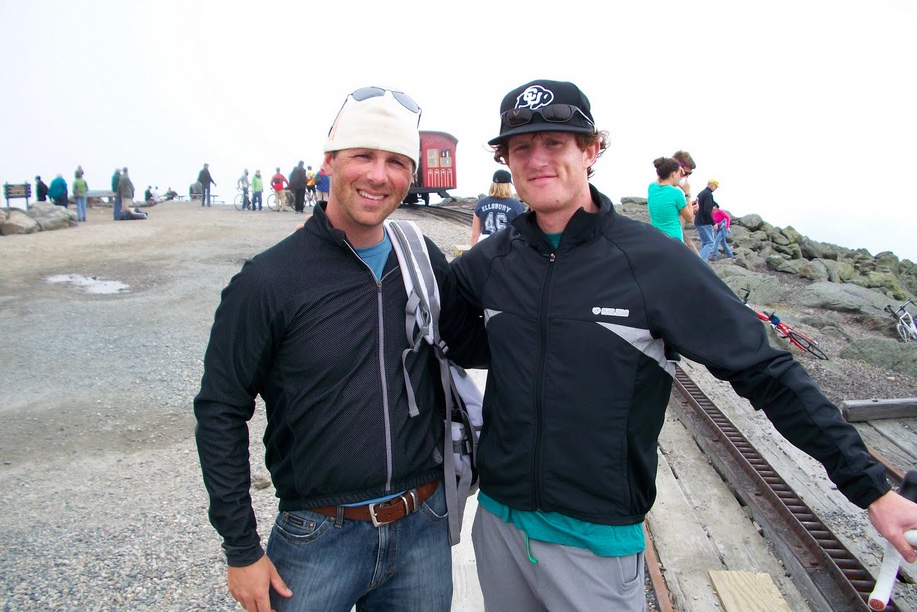
There was a race this day. The race announcer made it a point to let everyone know that there was an actual race up the mountain with race tactics. Phil Gaimon, Ned Overend, and Kevin Nicol battled all the way up the mountain before Phil pulled away to win by 16 seconds (54:37). It sounds like Phil pulled away by 50 yards around Mile 5 and Ned could never close it.
Phil finished second to Anthony Colby in the Newton’s Revenge race last summer but came back to win the August MWARBH. Phil rides for Jelly Belly Cycling. Ned is a former mountain bike world champion who at age 53 is, well, just 16 seconds behind one of the best climbers in the country.
For the rest of us, we were competing against the mountain or a personal best. Or in my case, just happy to be here.
With a staggered start time and being in the last group, I wondered how crowded the road might get with 500 riders ahead of me. Not at all since they were all faster. I did worry that I might come upon some slow riders going side to side on the road (paperboying) but never encountered any of that. Just once, in the first mile, did I feel stuck behind riders but simply announced I was coming between two riders. There was no other time that I felt anyone was in the way.
The biggest logistical problem of having 600 riders is parking at the top of the mountain. But there is an incentive to take fewer cars to the top. A car needed a ticket from a rider to gain entrance to the top on Saturday but if they had two tickets the toll was waived. At registration, they have an area set aside for drivers to offer rides down and for riders looking for a ride down. Or, as I did, you can just meet them at the pre-race pasta dinner.
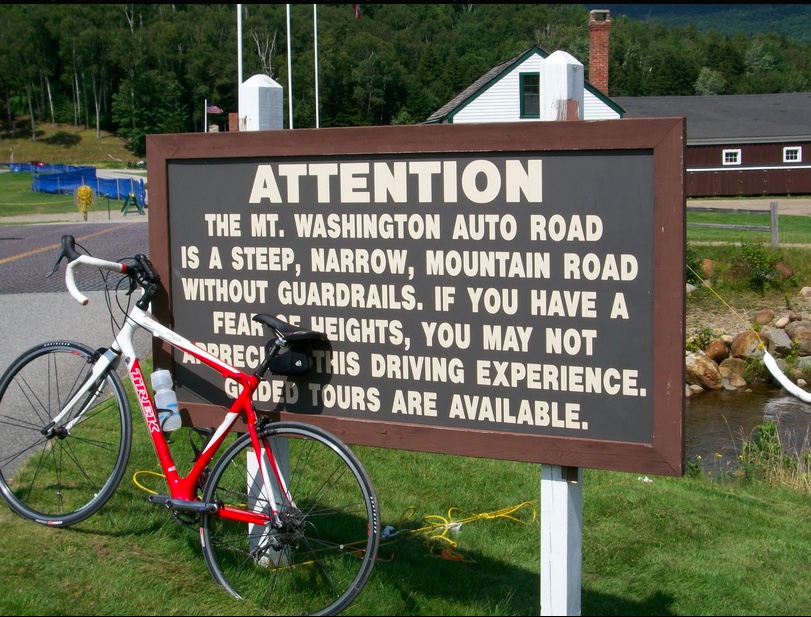
I was worried about coming to the mountain without having a ride down. I shouldn’t have been. I actually connected via the forums with a couple other riders before registration but once I met Tommy and Ryan I decided to connect with them instead. But only after making sure I didn’t mess up the plans for my original group.
At Newton’s Revenge last year I casually milled around and watched each group go before ours then moved in line to the back of our group. At MWARBH we were positioned in our groups five minutes before the Top Notch riders took off. And since my group was 20 minutes behind them, I lost any benefit of a warm up by standing in line at the start line 25 minutes before our race began.
I was in the last group of the five groups to go and was pretty far back but not dead last. There is a dead flat section of 150 yards before the climb begins. We hit the hill and the climb began.
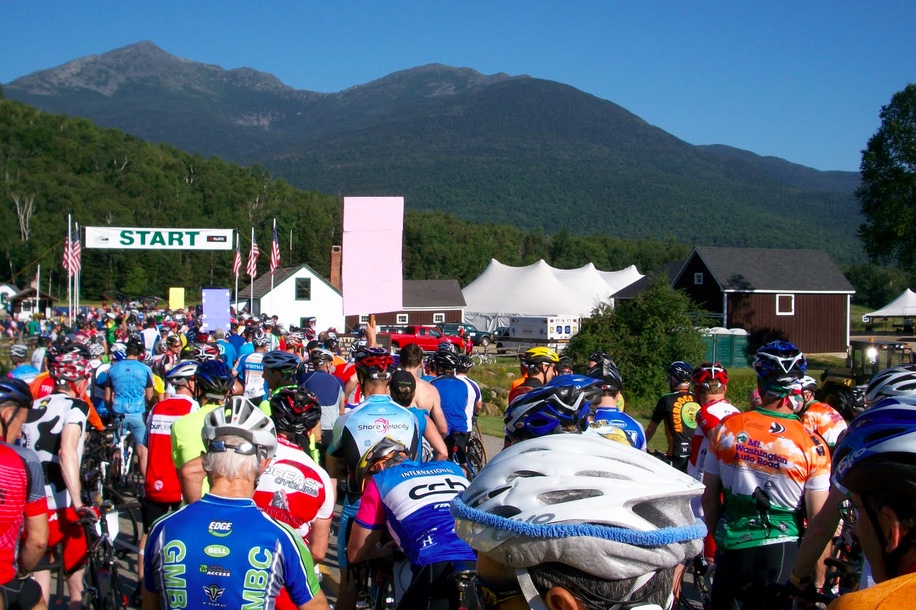
I do not remember the first two miles being so steep last year although last year I was out of the saddle (standing) within the first 1/2 mile or so. This year I was able to remain seated for the first two miles. I spent many hours on a trainer working on form to be able to do this.
More than once during those first two miles I thought of abandoning. Last year my back hurt and I assumed that climbing 12-15% grades out of the saddle hurt the back. But my back hurt even while seated. Tommy told me how much his back hurt on the ride. And how quickly he came out of the saddle.
In anticipation of the pain, I took a couple of Advil’s and also popped in some Tums (cramping). I didn’t have any problems with cramping and the back pain was minimal, at least compared to last year. Well, all pain was minimal compared to last year.
Because I started so far back I was passed by only a few, very few, but did pass many riders. Some of them were riding but many were walking. I tried not to look up the road because it is disheartening to see riders stopped or quitting.
But seeing riders pushing their bikes doesn’t have to be completely deflating. I started to make it a game. I no longer worried that the mountain was punishing and would soon punish me in the same manner. Instead, a walker became a target. Someone to pass. So I started to relish the sight of someone pushing their bike. It wasn’t easy catching a rider up the road but it was easy catching a walker.
Sometime after three miles the thought of abandoning or even walking left my mind. And my mind turned to finishing today and coming back next year.
The dirt section was scary. I tried to get through the entire section seated since I crashed last year when I stood. This year there was a very nasty crash ahead of me. A rider went down hard and was down right on the edge of a steep drop. I immediately called for “MEDIC!” behind me hoping the call would go back down the road to a radio communications operator who was sitting at the beginning of the section. Soon other riders picked up my call and I heard them relay the call for “MEDIC!” The call, which I had started, made it back down to the radioman. A medic soon came down from the summit on an ATV to assist. I never found out what happened to the man.
I was conflicted as to whether to stop or not. Getting restarted going uphill in this 12-16% dirt section was almost impossible. Plus I would have no clue on how to assist an injured rider, other than to keep him from rolling off the road to his death. But as I approached he was swearing at one rider who was trying to assist him so that made my decision easy. The thought of beating last year’s time never entered my mind.
Not far behind me was Aneeka Reed, a 16-year-old from Vermont. They teased the old group (45+) by putting juniors (under 20) with us. I think she started ahead of me and I passed her at some point. But at Mile 4 she came up in between another rider and me. I turned to her and asked, in a sarcastic tone, “What do you think this is, a race?”
She was holding her back. We talked briefly and over the next couple of miles, we were in contact and then not in contact. She would catch me on the lesser grades (12%) and I was more powerful on the steeper grades (16-18%). Her goal was to finish without stopping. I liked this kid.
I mentioned to her the dirt section which is when she told me she had never been on the road before. I was hoping she knew when it began. Heck, I was hoping she was going to tell me there was no dirt section that they finally paved it over.
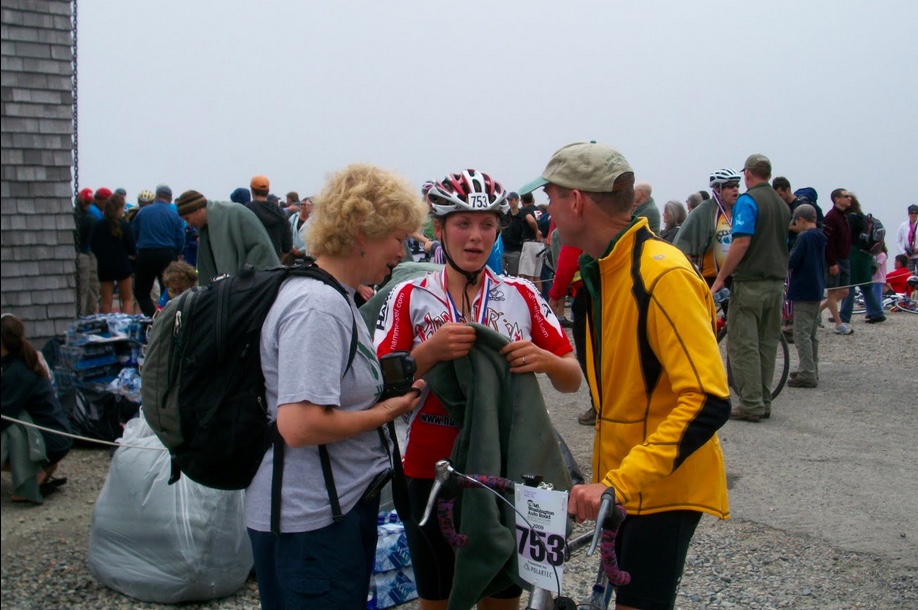
On the back of this year’s “I Biked Mt Washington” bumper sticker is some information including “35% hard pack dirt and 65% paved.” Well, it’s not 35% dirt – much less, but the 65% paved isn’t far from the truth. Imagine what a Mount Washington winter will do to asphalt. The road is generally in below average to poor shape with cracked and grooved pavement and some places where the asphalt has buckled.
We’re not crazy. The one person who is crazy was the unicyclist. I caught him in the first mile when we had to go over a buckled section in the road while ascending at 14% grade. My bike went over it fine but his single wheel didn’t. He crashed pretty hard. But much of the time I was riding on pavement I was looking for the best pavement which was hard to find at times.
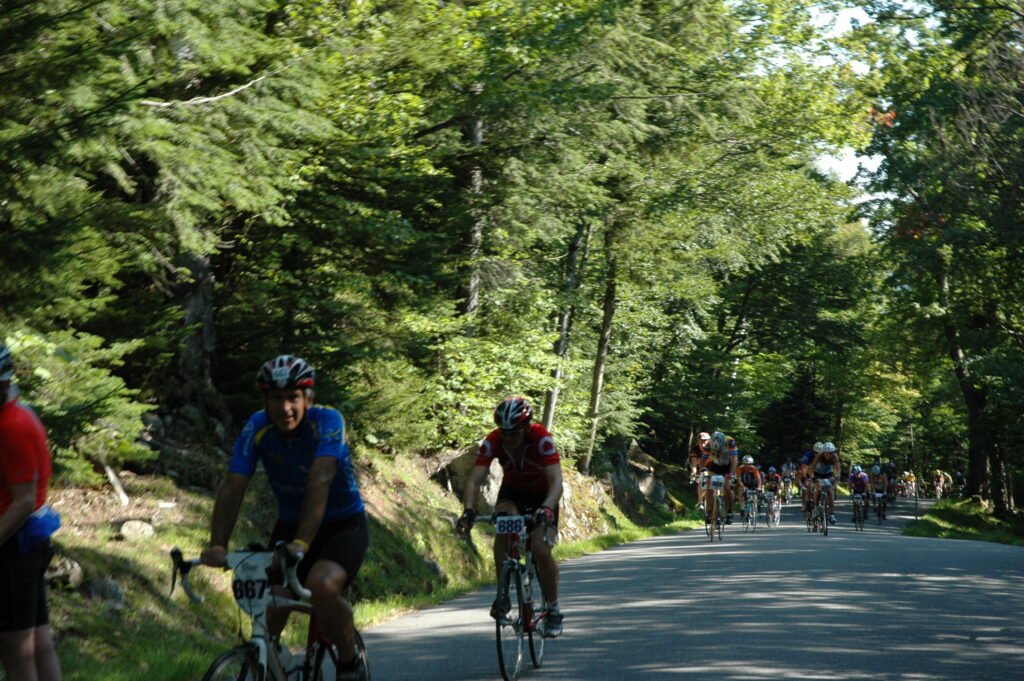
Like many riders, I did not carry any bike tools, extra tubes, or a spare pump with me. Didn’t need the weight. Towards the end of the dirt section, I felt like I wasn’t going anywhere. Damn! A flat. I knew there wasn’t much I could do except to ride it out. So I decided to keep riding until I couldn’t go farther. And then I would run the rest of the way pushing the bike.
One big difference from last year is that I remember talking in the first mile and then just breathing heavily the rest of the way. I had no energy to talk. But this year I had more than enough energy to talk. I instructed a tandem to go “mark the 10-year-old” so he didn’t get away (he did), asked riders if they needed a cue sheet, told a guy who was in real difficulty to drop back to the team car and bring us drinks, asked rhetorically if the road averaged 12% grade why my GPS never went under 12.
That question got one tired rider to respond by steering off the roadway into the ditch. It’s hard to maintain focus when one is so tired and he was tired and I broke his focus. My bad. Thankfully, this was on the inside of the road so he dropped 12″ – 18″ inches into a ditch. Had it been on the outside of the road he would have dropped 50-100 feet. At least.
I wanted to stop and help him. But I couldn’t. This was on a 14% grade and getting restarted was nearly impossible. I saw one rider coming back towards us and thought he took his “paperboying” to an extreme. But then it dawned on me that he stopped and to get going he started down the hill to get clipped in and then turned around to start climbing.
At Milepost 6 a volunteer announced it was Mile 6. I asked her if that meant there were six miles to go. Then smiled. I obviously wasn’t pushing hard enough. But it didn’t matter. I was glad to be on the mountain and was enjoying myself.
The curve at Mile 6 is nasty. I didn’t remember how steep it was, I’m thinking 18%, but it presented no problem. The 22% climb to the finish was still steep but I never thought I might stop and fall over which I believed would happen last year.
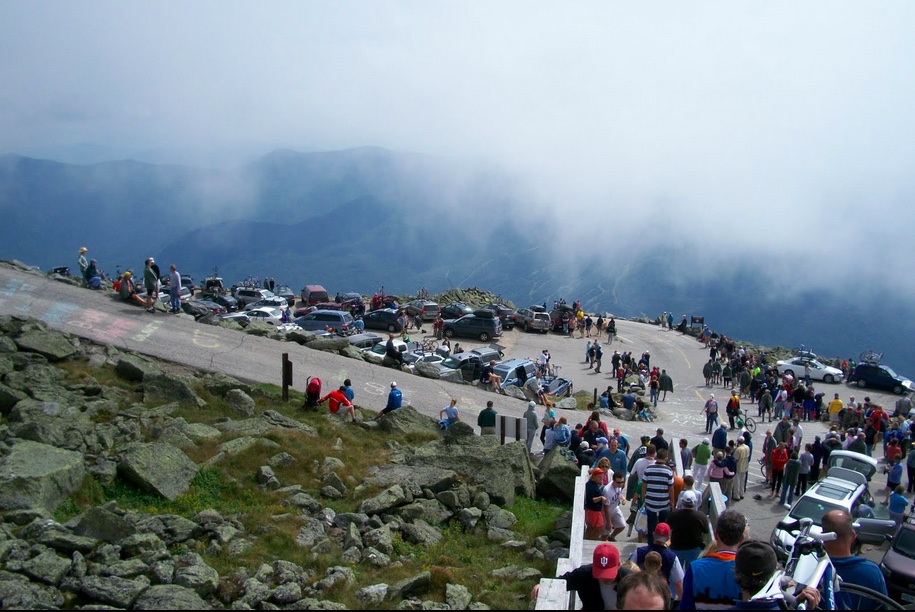
I just had to concentrate on the road and appreciated all the people cheering. That’s pretty cool.
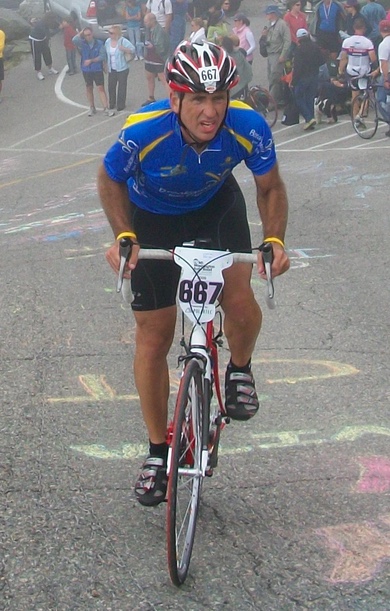
Well, maybe it was a little bit hard at the end but was in no danger of falling over or running the photographer over like I almost did last year.
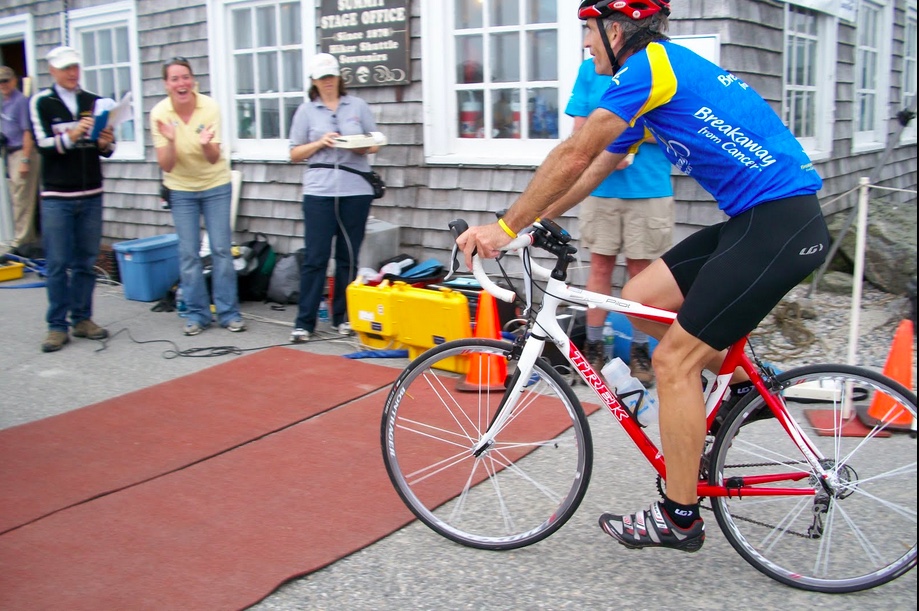
In fact I was smiling at the finish line.
Last year I collapsed at the finish line. I said “never again!” I gave it everything I had. My legs were like Jello for the next couple of days. What I take out of this experience is how close I was to total exhaustion last year. I thought that every rider crossing the finish line was grabbed by four people but I think that was reserved for me for last year. I really gained an appreciation for how much effort I used last year.
I feel now that I could do the race again tomorrow. Clearly, even though I shaved five minutes off last year’s time, I didn’t give it my all. Oh well — I left myself room for improvement for next year.
In cyclists’ terms, I am not a climber. It’s power to weight ratio and I will never be in the top 10-20 or 30% of the elite racers. Maybe not even top 50%. But I like to climb. What an incredible feeling to reach the summit of the toughest hillclimb in the world.
My time over last year did improve by 5 minutes – to 1:46. Last year I was in the 82 percentile or better than 18% of the racers. This year I was at 68% – better than 32%or right at the edge of the two-thirds line. But still way below the line.
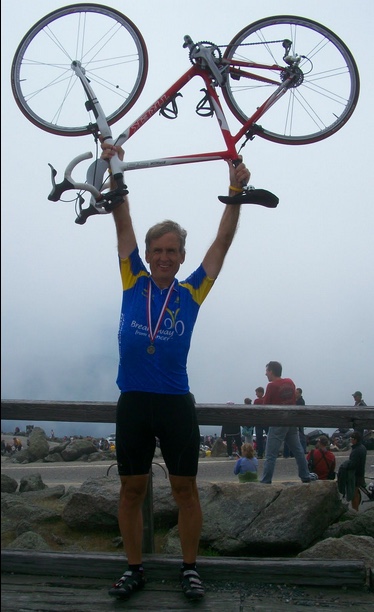
My heart rate 158 avg/ 177 max was 2 beats faster this year than last year (156/175). And I didn’t worry about it. I never felt in distress. But I forgot to turn off my Garmin when I reached the finish line so it shows an extra two minutes. Oh well. There’s so much happening at the finish that it’s hard to remember everything. I bet if I had turned it off my heart rate would have been at least another beat higher.
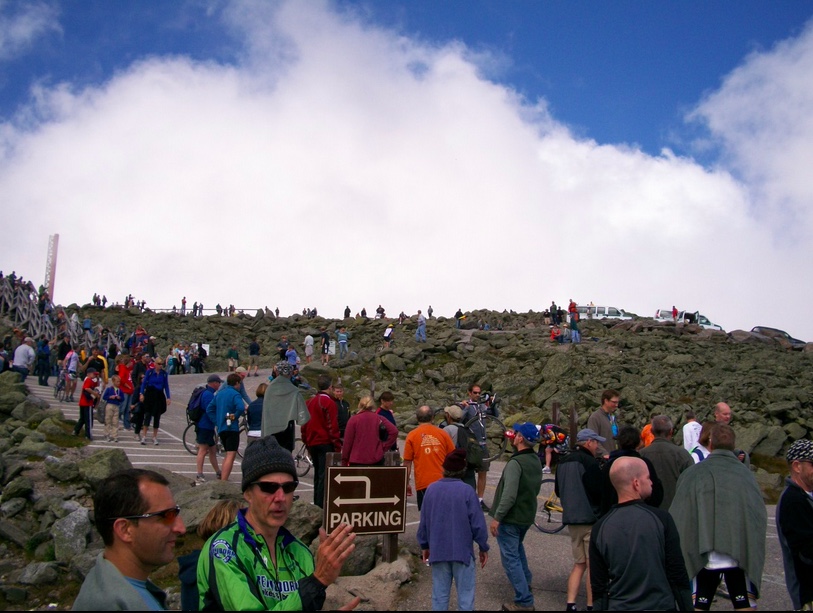
Nothing grows up here. More than 100 days per year they experience hurricane-force winds. And they call it the Rockpile.
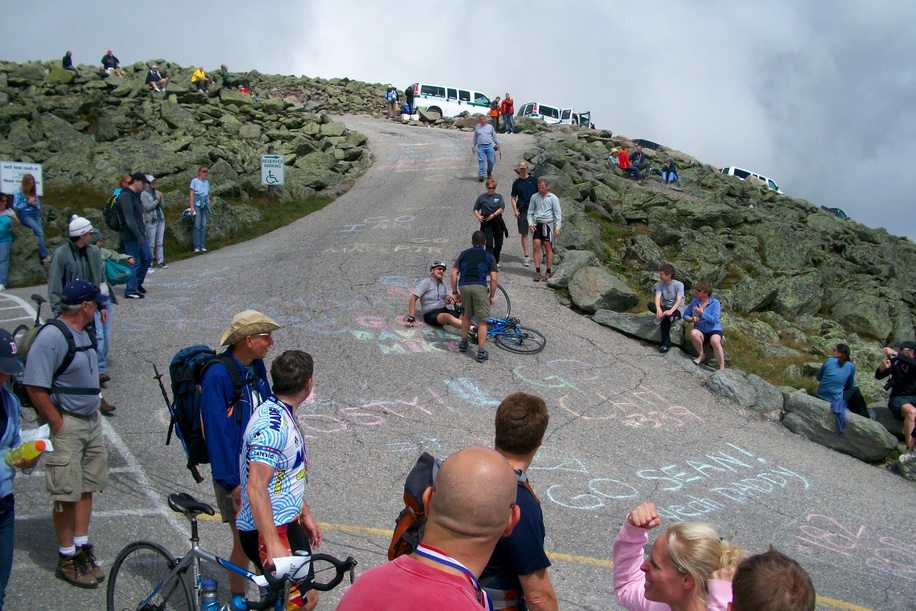
I had loaded the bike on the car then saw this finisher, D. P. Thomas, of Weatherford, Texas. I knew he wouldn’t make it. The mountain zaps your strength and you must have something left for the finish. Otherwise the legs can’t turn over the pedals and gravity forces you to the ground faster than one can unclip. And he wasn’t the only one.
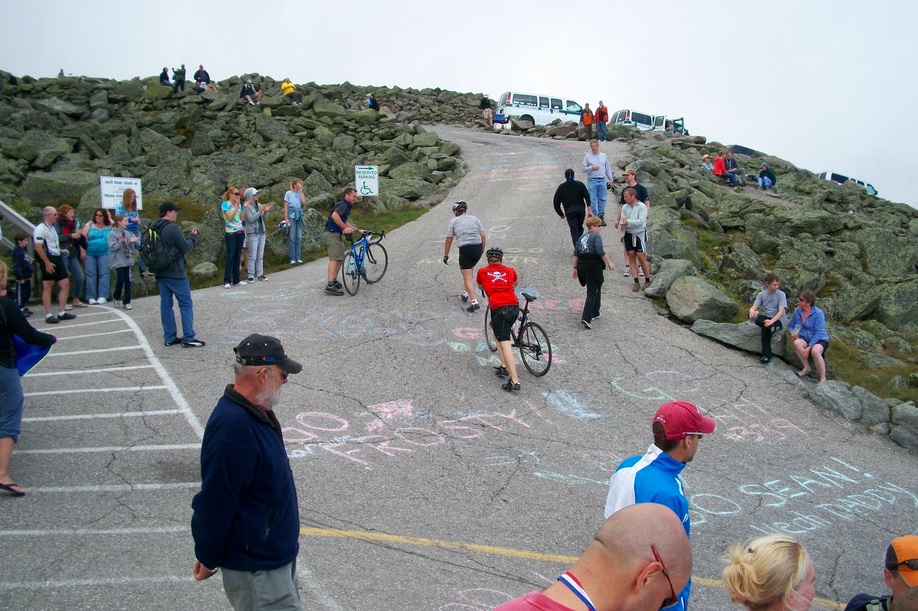
After the race, we were one of the first cars to leave the summit. Probably 95% of the riders had finished but they do tell the few stragglers that they are going to open the road to traffic coming down the mountain.
On the descent I tried to encourage those still climbing by letting them know they weren’t far from the summit. One poor guy was “yo-yo-ing” so badly I stopped just so he could use the entire road to weave and cut the grade.
At our post-race turkey dinner, in the tent, I found Phil Gaimon and went to talk with him. In February, Mary knew that I was going to work the Tour of California and asked me to deliver a personal message to Phil to come back this year to the Hillclimb. And I did. I reminded him of that bitterly cold day in Santa Rosa and he remembered it well.
I told Phil I wanted a picture of us to put on my CaringBridge site. I explained that I had cancer and then we talked about cancer. He told me he was interested in my site and that his dad would be too as his dad was battling for his life.
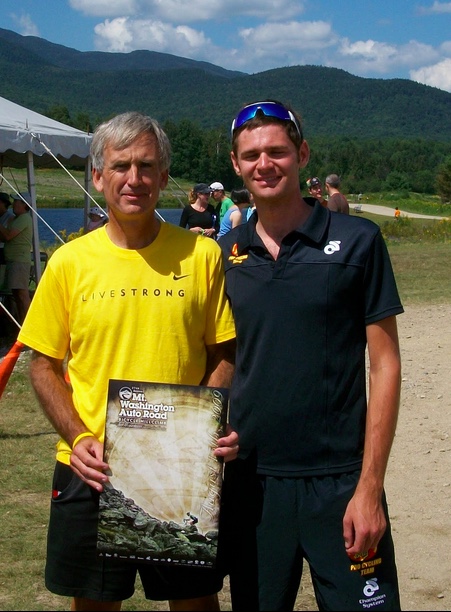
I left with Phil’s last words to me. He told me he wanted to see me again at next year’s Amgen Tour of California and wanted to see me again next year racing up Mount Washington.
Cancer-free.
I plan to.
Now I must get ready for 100 miles on Sunday in Philadelphia with the Livestrong Challenge.
NOTES:
My Strava time was 1:44:37. This would be a point-to-point measure and not race time which is taken from time of starting gun to crossing the finish line. Because I was in a group, a deep group, and was not at the front, there was more than a one minute delay rolling out after the gun sounded.
There is a steep rise — about 18% — at the end of the dirt section and a spectator was at the transition screaming encouragement — “Hard top, hard top, hard top!!! — C’mon — you can do it. Hard top!” That was pretty funny actually.
I got to the hard top and never thought about the flat tire again. Mainly because it wasn’t flat. Never was. It was just riding up that 16-18% section in the dirt made the bike handle as though I had a flat tire. I didn’t.
Phil Gaimon said, “There are two possibilities in a race – you win or you set a PR, but when I’m getting faster, why would I quit doing this?”
